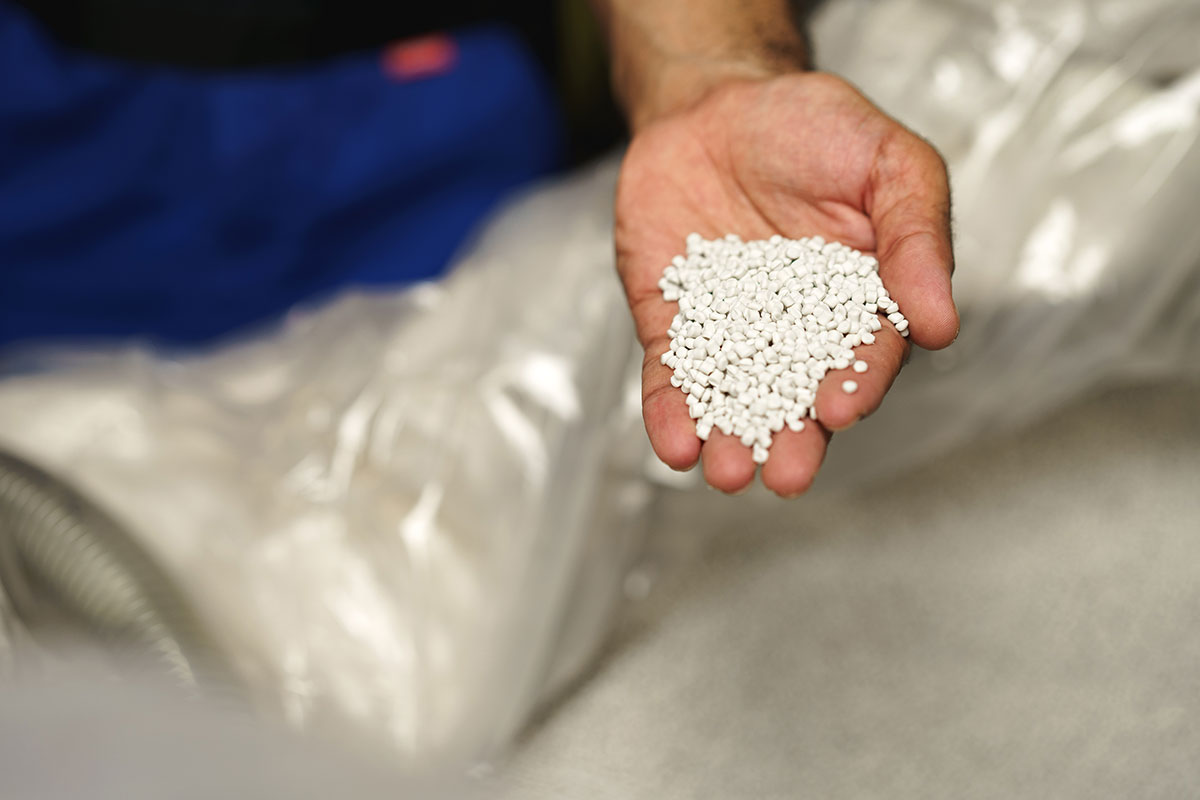- Home
- Blog | WaterNeeds Water Tanks and Water Pumps Sydney NSW
- How Poly Water Tanks Are Made
How Poly Water Tanks Are Made
Posted by on
Introduction
Water is a precious resource, and ensuring its efficient storage is essential in today's world. Polyethylene (poly) water tanks have gained popularity due to their durability, affordability, and versatility. Have you ever wondered how these tanks are made? In this blog post, we'll take you on a fascinating journey through the manufacturing process of poly water tanks, from the raw materials to the final product.
Polyethylene Material
The foundation of any poly water tank is high-quality polyethylene resin. This polymer is derived from petrochemical sources and is known for its exceptional durability, and ability to withstand the harsh elements. Additives such as UV protection can be included to increase durability. The primary type of polyethylene used in tank production is food-grade low-density polyethylene (LDPE).
Tank Formation
With the extruded polyethylene pellets in hand, it's time to shape them into a functional water tank.

Rotational Moulding:
- Rotational moulding is the preferred method for creating poly water tanks due to its uniformity and strength.
- A mould of the desired tank shape is filled with the polyethylene. A mould engineer measures Polyethylene by the kilo for each individual mould.
- The mould is then slowly rotated in multiple axes within an oven to evenly distribute the plastic.
- As the plastic cools, it hardens and takes on the shape of the mould.
Additional Features
Poly water tanks can be customised to suit various applications. Additional features like inlets, outlets, and fittings are added during the manufacturing process.
- Fittings and Accessories:
- Tank manufacturers install fittings, valves, and accessories as required for the tank's purpose.
- These components are carefully positioned and integrated into the tank's design, or ready for addition of hardware at a later date.
Quality Control
Ensuring the quality and integrity of each poly water tank is paramount to the manufacturing process.
- Inspection and Testing:
- Tanks undergo rigorous quality control checks to detect any defects, irregularities, or imperfections.
- Testing may include pressure tests, leak tests, and visual inspections.
- Tanks that pass inspection are prepared for delivery.
Final Product
Once the tanks pass quality control, they are ready for use and distribution.
- Finishing Touches:
- Tanks are trimmed and finished to ensure a smooth, aesthetically pleasing appearance.
Conclusion
Poly water tanks are a result of meticulous product development, testing and engineering, from the selection of the polyethylene to the final product. These tanks provide reliable water storage solutions for residential, agricultural, industrial, and commercial applications. Understanding the manufacturing process behind poly water tanks highlights the commitment to quality and durability that goes into ensuring that clean and safe water is readily available for our customers.
If you have any questions about a poly tank to suit your needs, contact our knowledgeable sales team today.
Recent Posts
- The Ultimate Guide to Water Tanks in Sydney: Everything You Need to Know
- How Poly Water Tanks Are Made: A Step-by-Step Guide
- Is Rainwater Tank Water Dirty? Here's What You Need to Know
- Are Poly Water Tanks Safe for Drinking Water?
- The Lifespan and Benefits of Poly Water Tanks: A Reliable Solution for Water Storage
 Loading... Please wait...
Loading... Please wait...
